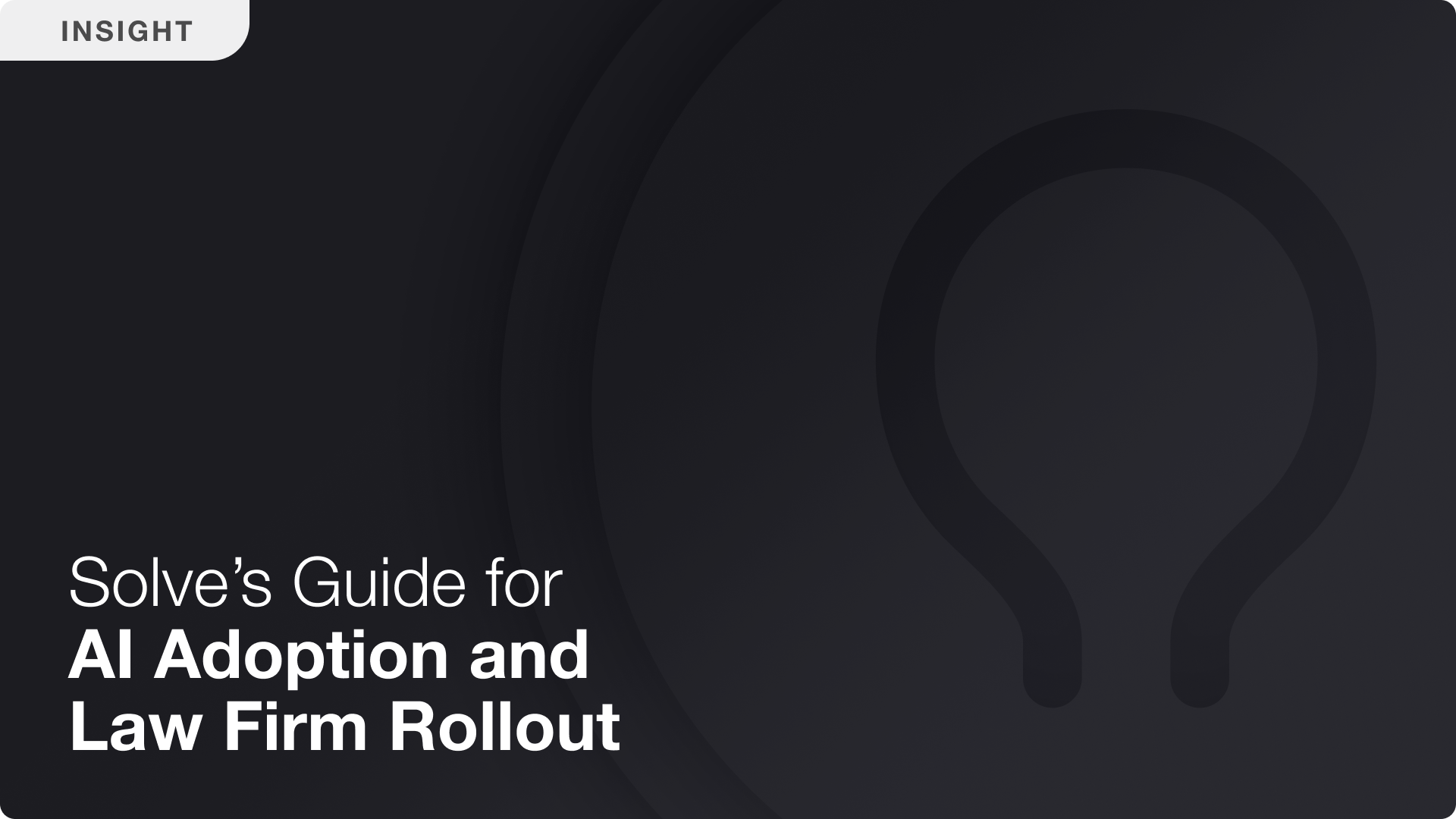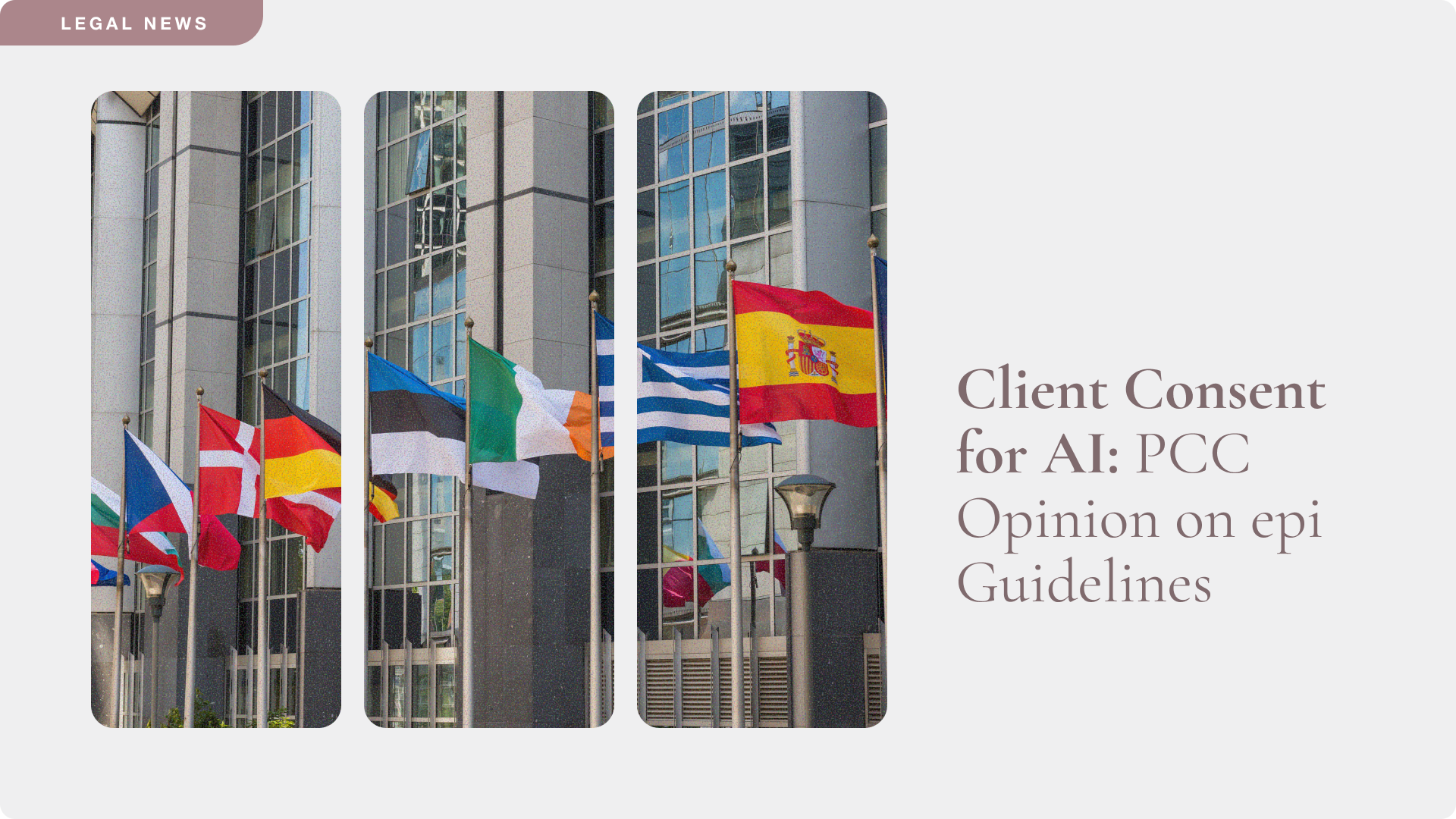Top 7 Patent Analysis Tools for 2025
In today’s fast-paced innovation landscape, having access to effective patent analysis tools is crucial for businesses looking to stay competitive. These tools help companies analyze existing patents, uncover trends, and identify potential opportunities for innovation. With advancements in AI, AI patent analysis tools have become a game changer, allowing more accurate and efficient research. This article highlights the top patent analysis software for 2025 that can aid in making informed decisions about intellectual property.
Key Takeaways
- Patent analysis tools are essential for navigating the complex world of patents, offering features from detailed patent searches that streamline the IP research and drafting process. In 2025, leveraging these tools is crucial for staying competitive in legal services.
- AI integration is a game changer: The best patent search and analysis tools increasingly use AI and machine learning to enhance search accuracy and speed. This means you can uncover relevant prior art more efficiently and effectively than with traditional methods such as keyword searching.
- Key features to consider include access to comprehensive, up-to-date patent databases (patent and non-patent literature), user-friendly interfaces, and customization options for reporting or analysis. It’s beneficial to also automatically integrate searched art into the drafting process.
- Security and compliance matter: Top tools place a strong emphasis on data security, using encryption and adhering to standards (e.g., SOC 2 Type 2) to protect sensitive information. Ensuring your tool is secure and compliant safeguards your IP data from unauthorized access or breaches.
In today’s fast-paced innovation landscape, having access to effective patent analysis tools is crucial for businesses looking to stay ahead. With advancements in AI, patent analysis has become more accurate and efficient – see our detailed article on AI patent analysis benefits, challenges, and best practices for how AI is transforming IP research.

Key Features to Look for in Patent Analysis Tools
Before diving into the best patent research tools available this year, it's important to understand the features that make a tool effective for patent analysis. Here are some key aspects to consider when selecting patent analysis software:
- AI Integration: AI patent analysis tools use machine learning to enhance the accuracy of patent searches, allowing users to find relevant patents quickly and efficiently. AI can also help in analyzing complex patent landscapes and identifying emerging trends.
- Comprehensive Database Access: Access to a vast and up-to-date patent database is critical. This ensures that your analysis is based on the latest information, covering patents from multiple jurisdictions.
- Visualization Capabilities: Visualization tools such as heat maps, patent clusters, and citation graphs can make it easier to interpret patent data and understand relationships between different technologies.
- User-Friendly Interface: An intuitive interface is essential for both beginners and advanced users. It allows for smoother navigation and a more streamlined workflow, saving time and reducing the learning curve.
- Customization and Export Options: The ability to customize reports and export data in various formats is crucial for integrating patent analysis insights into broader business reports.
Top Patent Analysis Tools for 2025
Here are the top patent analysis tools for 2025 that stand out for their robust features, AI capabilities, security, and user-friendly interfaces. We’ve updated our list to include 7 leading platforms, with two new additions since last year:
1. Solve Intelligence
Overview: Solve Intelligence ranks highest on the list of AI patent analysis tools due to its comprehensive features and ability to cover every stage of the patenting process. Solve offers a complete range of functionalities that span patent drafting, prosecution, and invention disclosure submission, making it an all-in-one solution for patent professionals.
Key Features:
- Patent Drafting: Solve offers tools for full application drafting, including figure generation, figure drafting, and figure editing. It even allows input of chemical structures, biological sequences, and tabular data, making it suitable for mechanical, electrical, software, chemical, and other technology-focused patents.
- Patent Prosecution: It excels in drafting office action responses, generating claim charts automatically, providing jurisdiction-specific law citations, and integrates with patent offices for seamless document downloads and analysis.
- Invention Disclosure Submission: Solve allows for the generation of invention disclosure forms and adheres to the highest global security standards.
- Customization: Supports jurisdiction-specific and technology-specific models with vast customization options, making it suitable for diverse practices and global adoption.
Best For: Attorneys, firms, and companies with complex patent portfolios looking for an end-to-end solution that can adapt to a wide range of patent practices and workflows.
2. PatSnap
Overview: PatSnap is a powerful patent analysis software designed to provide deep insights into global IP landscapes. It offers access to a large patent database and integrates seamlessly with other data sources, such as legal and technical information, to offer a comprehensive view of innovation trends.
Key Features:
- Advanced Search Options: PatSnap provides versatile search tools, from quick semantic searches to detailed Freedom-to-Operate (FTO) analyses.
- AI-Driven Analysis: Its AI capabilities streamline workflows, allowing for automated patent indexing, semantic analysis, and even linking of patent data to technical literature.
- Collaboration Tools: PatSnap's Workspaces feature enables teams to collaborate effectively on patent projects, share insights, and manage records efficiently.
- Custom Reporting: Users can create tailored reports to suit their specific needs, aiding in decision-making and strategic planning.
Best For: Organizations looking for a tool that combines powerful search capabilities with seamless team collaboration and detailed IP insights.
3. IPRally
Overview: IPRally offers a unique AI-driven approach with its graph-based AI technology. Its proprietary Graph Neural Network (GNN) enables a deep understanding of technology and patent logic. IPRally is particularly effective in simplifying patent research by using knowledge graphs, allowing users to visualize how the AI interprets technical concepts and patent connections.
Key Features:
- Graph-Based AI Search: Users can visualize and manipulate the search graphs, providing transparency into how the AI identifies relevant patents. This allows for intuitive redirection and refinement of search results.
- Pre-Trained AI Models: Trained across various technical fields, the AI quickly identifies relevant patents with high precision, making searches faster and more efficient.
- ISO 27001 Certified: This certification ensures high standards for information security, making IPRally a trusted choice for sensitive IP data.
Best For: Patent analysts and researchers looking for an intuitive and transparent AI search tool that offers in-depth control over search logic and results.
4. Patlytics
Overview: Patlytics is an advanced AI patent analysis tool that focuses on comprehensive IP discovery, patent lifecycle monitoring, and strategic insights. Its platform is tailored for patent professionals who need to streamline patent portfolio management, monitor litigation risks, and identify potential infringement.
Key Features:
- AI Patent Drafting Co-Pilot: Enables efficient drafting by providing smart suggestions for invention disclosures and supporting figure drafting.
- Infringement Detection: Monitors for potential patent infringements, offering real-time alerts to help protect IP rights.
- Whitespace Analysis: Patlytics assists in identifying gaps within a patent landscape, providing insights into potential areas for new patent applications.
- Security and Compliance: Patlytics is SOC2 certified, ensuring top-tier data protection and privacy standards.
Best For: Enterprises and law firms that require detailed patent monitoring, litigation analysis, and strategic portfolio management.
5. LexisNexis
Overview: LexisNexis offers robust AI patent analytics through its comprehensive tools like PatentSight and TotalPatent One. It provides detailed insights into patent landscapes, competitive analysis, and strategic patent management, enabling users to identify trends and optimize their IP strategies.
Key Features:
- AI-Enhanced Patent Landscaping: Analyzes patent portfolios and market trends using AI-driven insights to help businesses understand their competitive position.
- High-Quality Data Integration: Integrates legal and patent data to provide accurate, up-to-date information crucial for strategic decisions.
- Custom Analytics Dashboards: Allows users to create custom dashboards and reports for detailed insights, supporting business-critical decisions.
- Collaboration and Strategy Tools: Enables teams to work collaboratively on projects, making it ideal for enterprises managing large IP portfolios.
Best For: Companies seeking comprehensive insights into patent landscapes, competitive intelligence, and strategic portfolio optimization.
6. Derwent Innovation
Overview: Derwent Innovation (by Clarivate) is a long-established patent research and analytics tool known for its rich patent data and powerful search capabilities. It provides access to the famed Derwent World Patents Index (DWPI), featuring expert-curated abstracts and unified patent families. This enrichment makes searching more effective and analysis more insightful for patent professionals requiring thorough results.
Key Features:
- Enriched Patent Data: Patents come with standardized titles, detailed expert abstracts, and tagged metadata for more relevant search results than raw text matching.
- Search & Analysis: Offers boolean, semantic, and chemical structure searches with robust citation analysis and competitive intelligence tools.
- Visualization: Create charts and graphs to visualize filing trends, top assignees, technology evolution, and geographic patent distribution.
- Collaboration & Export: Save searches, create project folders, share results with colleagues, and export detailed reports in multiple formats.
Best For: Research teams, patent analysts, and IP consultants who need high-quality data and dependable analytics for exhaustive patent research like patentability opinions, FTO analyses, or landscape studies.
7. Orbit Intelligence
Overview: Orbit Intelligence by Questel is a leading platform for patent search, analysis, and portfolio management, widely used by patent professionals globally. Questel's flagship patent analytics tool combines powerful search algorithms with user-friendly design. In 2025, it excels with enhanced search capabilities and comprehensive features for both detailed patent work and strategic analysis.
Key Features:
- Search Engine: Enhanced with ElasticSearch technology to handle complex queries across billions of patent records with semantic search and built-in translation tools.
- Enriched Patent Data: Provides algorithmically generated insights including patent value indicators, relevance scores, and family aggregates to prioritize key documents.
- Analytics & Visualization: Generate bar charts, line graphs, matrix charts, and clustering maps to identify technology trends, white spaces, and competitor landscapes.
- Portfolio Management Features: Organize patents into folders, annotate records, and set alerts for legal status changes and competitor filings.
Best For: Patent attorneys, search professionals, and corporate IP departments who want a patent tool combining detailed search capabilities with high-level analytics in one platform.
Choosing the Right Patent Analysis Tool for Your Business Needs
Selecting the right patent research tool depends on your organization’s specific needs and the complexity of your patent analysis requirements. Here are a few tips to help you make the right choice:
- Consider Your Budget: Some tools, like Patlytics, offer advanced features that might come at a premium. If you have a limited budget, consider options like IPRally that balance cost with functionality.
- Evaluate User Experience: If your team is not experienced with complex patent analysis software, look for tools with a user-friendly interface, such as PatSnap, to minimize the training time.
- Assess Data Needs: If your analysis requires global patent data or tracking of specific jurisdictions, ensure that the tool you choose provides access to a comprehensive patent database.
- Test for AI Capabilities: AI integration can significantly enhance your analysis speed and accuracy. Opt for AI patent analysis tools like Solve Intelligence or LexisNexis if predictive analysis and semantic search are priorities for your business.
Conclusion
The landscape of patent analysis tools continues to evolve, with AI playing a pivotal role in driving efficiency and insight. The tools mentioned above, including Solve Intelligence, PatSnap, IPRally, Patlytics, LexisNexis, Derwent Innovation, and Orbit Intelligence are among the best options for 2025. By carefully considering your organization's needs and evaluating the key features of each tool, you can make an informed decision that will enhance your patent research capabilities and keep you ahead in the competitive market.
AI for patents.
Be 50%+ more productive. Join thousands of legal professionals around the World using Solve’s Patent Copilot™ for drafting, prosecution, invention harvesting, and more.
FAQs
How does AI integration specifically enhance patent analysis tools? AI makes patent tools smarter by understanding search context, automatically categorizing patents, and flagging trends. It acts like a research assistant, automating repetitive screening tasks while learning from data to provide more accurate results and meaningful insights for decision-making.
How do these tools ensure data security and compliance? Patent analysis platforms use robust encryption, secure authentication, and regular security audits. Many are certified to ISO 27001 or SOC 2 standards, protecting sensitive patent data from unauthorized access and ensuring compliance with data protection regulations.
How can I leverage AI features in these tools to improve my patent strategy? Use AI-driven semantic search, automated patent summaries, and technology clustering for landscape analysis. Set up AI-powered alerts for new patents and trends. Leverage AI drafting assistance for applications and responses to make your strategy more proactive and data-driven.
What are the key types of patent analysis tools? Public patent tools include search databases (USPTO, Google Patents), analytics platforms for visualization and trends (PatentSight, Orbit), AI-powered tools for drafting and semantic search (Solve Intelligence, IPRally), and portfolio management software for tracking legal status and deadlines.



.png)
